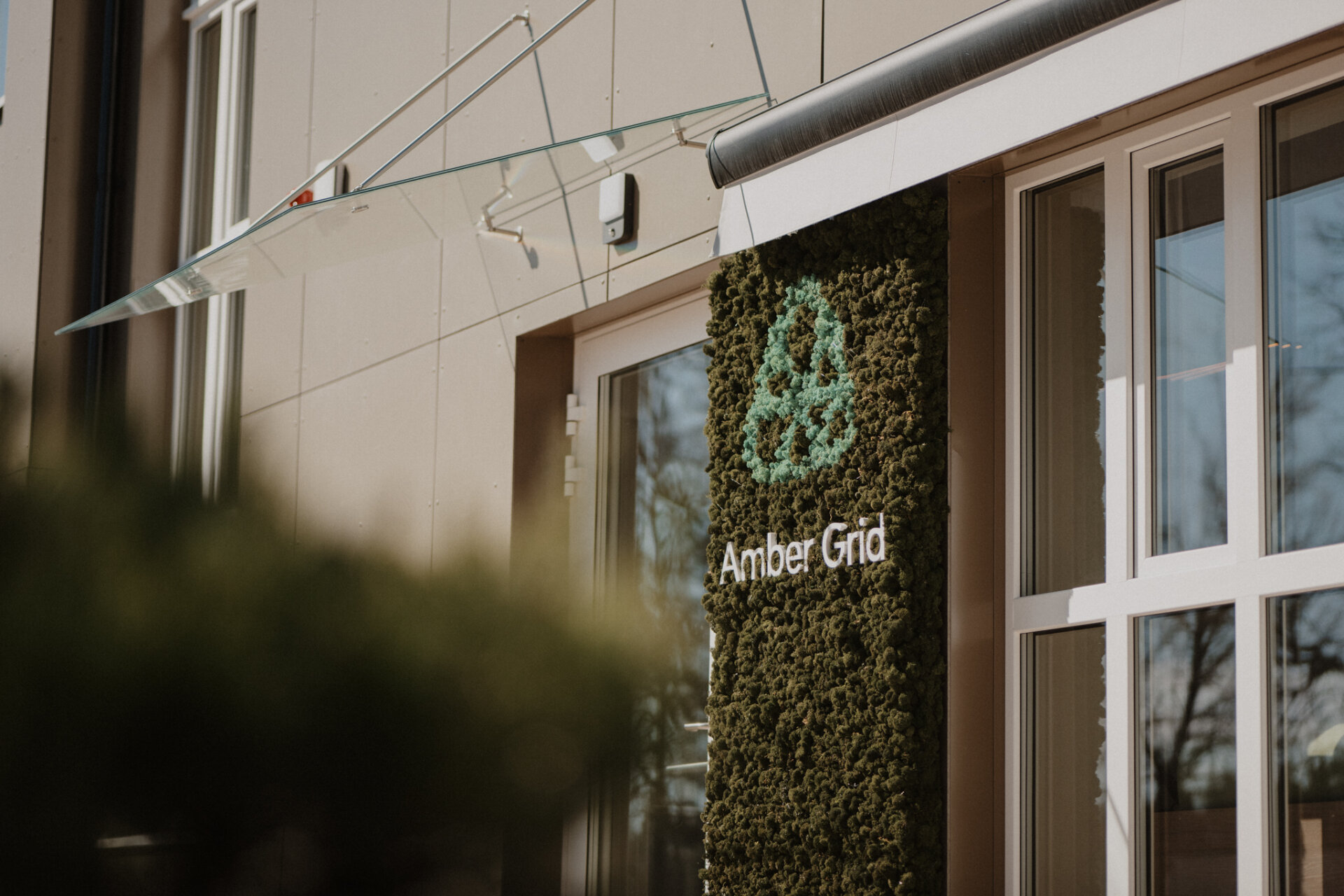
The Lithuanian gas transmission system operator Amber Grid generated €49.5 million in revenue over the first nine months of this year, which is 4.2% less than in the same period last year, when revenue reached €51.6 million. The majority of revenue – €42.7 million – came from natural gas transmission, while €6.5 million was earned from system balancing products.
Amber Grid’s net profit for the nine months of 2025 amounted to €1.5 million, which was 73.6% lower compared to the nine-month period of 2024 (€5.7 million). “The sharp decline in profit was mainly driven by lower revenues, which did not offset rising costs. The increase in costs was anticipated, while revenue recovery is expected in the fourth quarter of 2025,” said Amber Grid’s Chief Financial Officer Gytis Fominas.
Adjusted EBITDA (earnings before interest, taxes, depreciation and amortization) for the nine months of 2025 was €22.8 million, compared to €20.9 million in the same period last year. According to Amber Grid’s representative, the increase was due to a higher regulated return on investment set by VERT in 2025.
Operating expenses for the nine months of 2025 amounted to €24.9 million – 15.3% (€3.3 million) more than in the same period of 2024. The rise in operating costs was driven by growing infrastructure maintenance needs as well as inflationary processes in Lithuania and the region, which increased resource prices and directly impacted the cost structure.
Natural gas acquisition costs decreased by 10.6% to €9.9 million (compared to €11.1 million in 2024). Natural gas is purchased to meet technological process requirements and to balance system users’ activities.
In the third quarter of 2025, 11 terawatt-hours (TWh) of gas were consumed in Lithuania – 9.9% less than in the first nine months of 2024, when national demand reached 12.2 TWh. Gas demand in Lithuania fell mainly due to one-third lower consumption in fertilizer production. However, this decline was partly offset by increased demand for electricity generation.
During January–September 2025, 24 TWh of gas were supplied to Lithuania (excluding transit to Kaliningrad). This is 13% more than in the same period last year, when 20.9 TWh of gas were transported to Lithuania. Over the nine months of 2025, 2.7 TWh of gas were transported to Europe via the GIPL interconnection between Lithuania and Poland. 10 TWh of gas were transported to meet the needs of Latvia, Estonia, and Finland – 27% more than in the same period of 2024.
In January–September 2025, 89.8% (21.5 TWh) of all gas supplied to the system was imported via the Klaipėda LNG terminal, which is the main source of gas supply for Lithuania and other Baltic countries. The flow from Latvia accounted for 7.1% (1.7 TWh). During the nine months of this year, 179 GWh of biomethane were injected into the gas transmission system by biomethane producers.